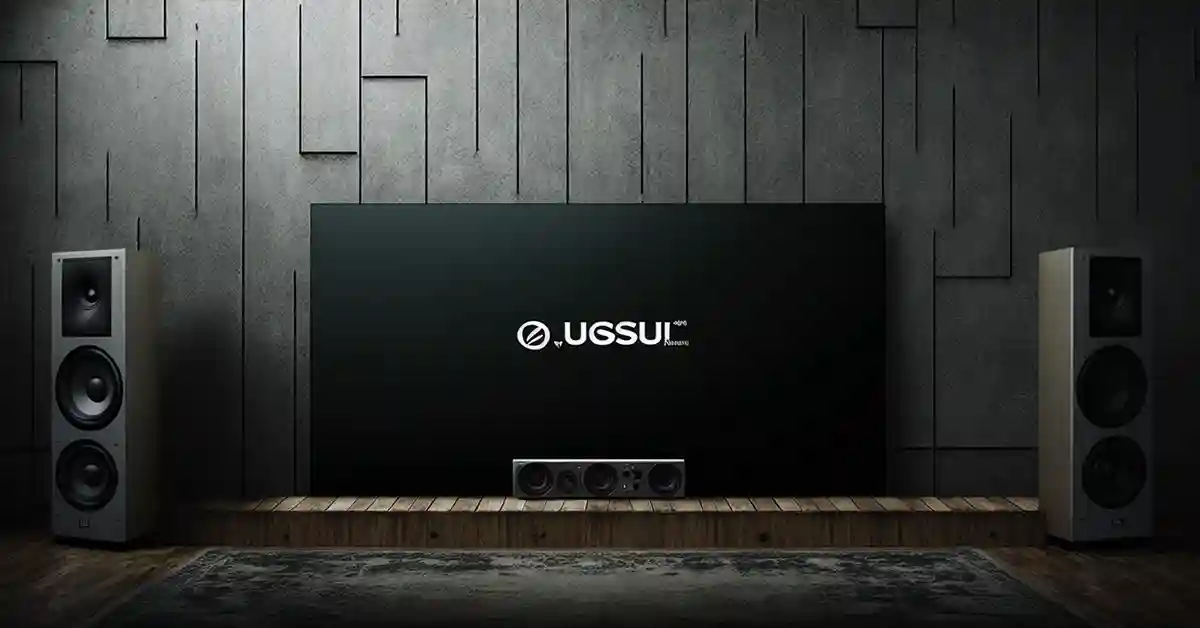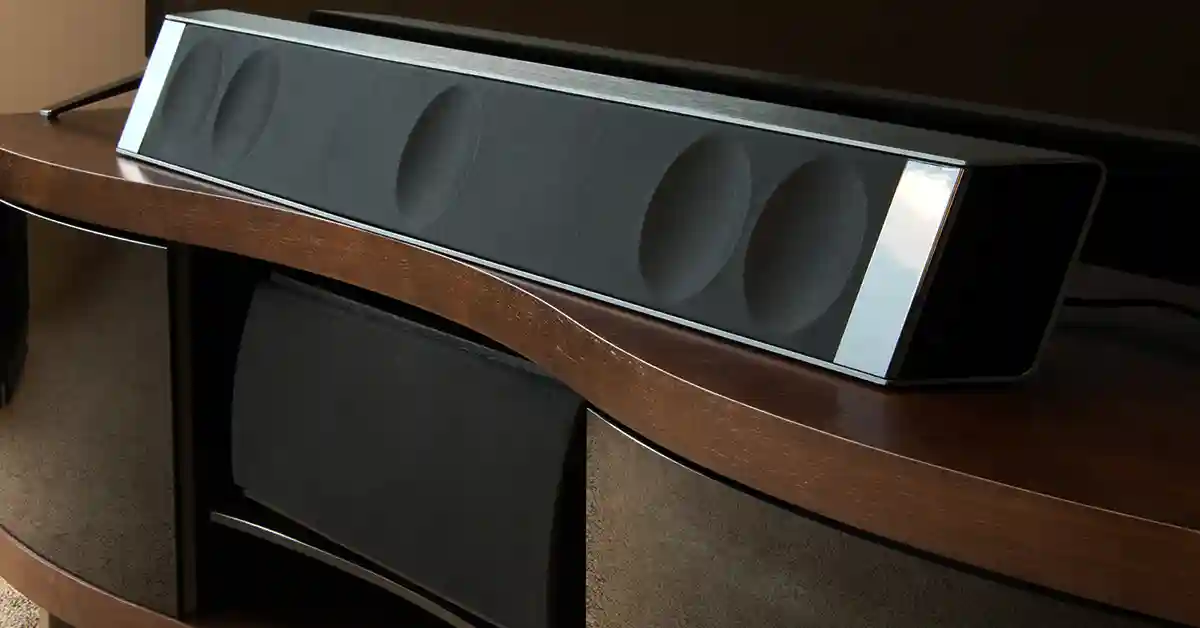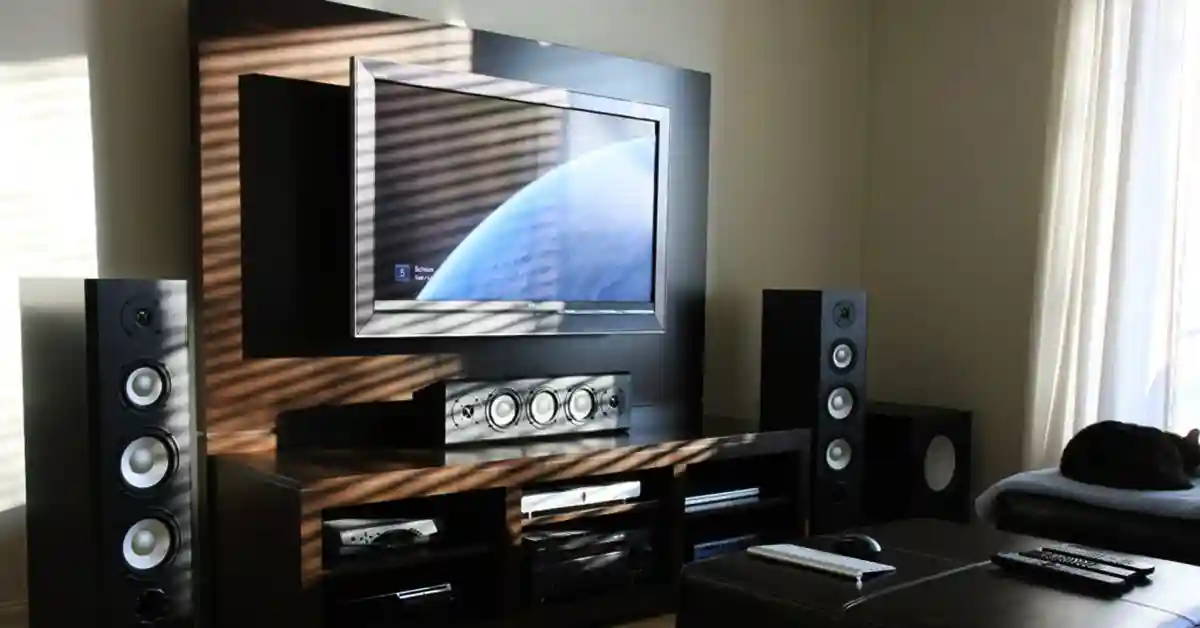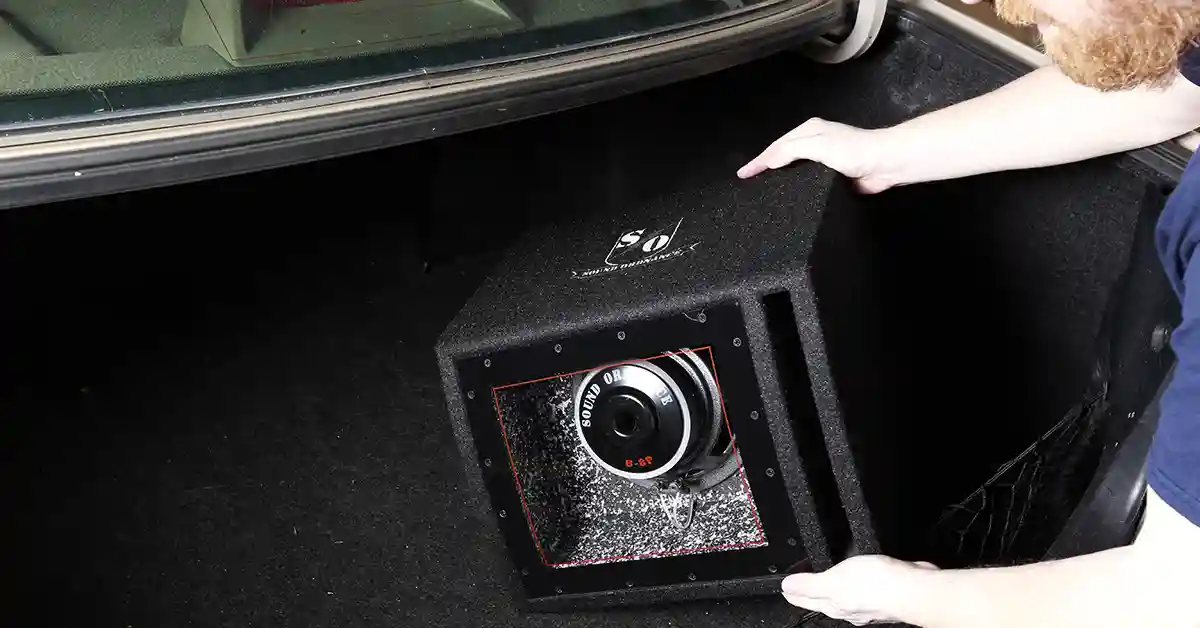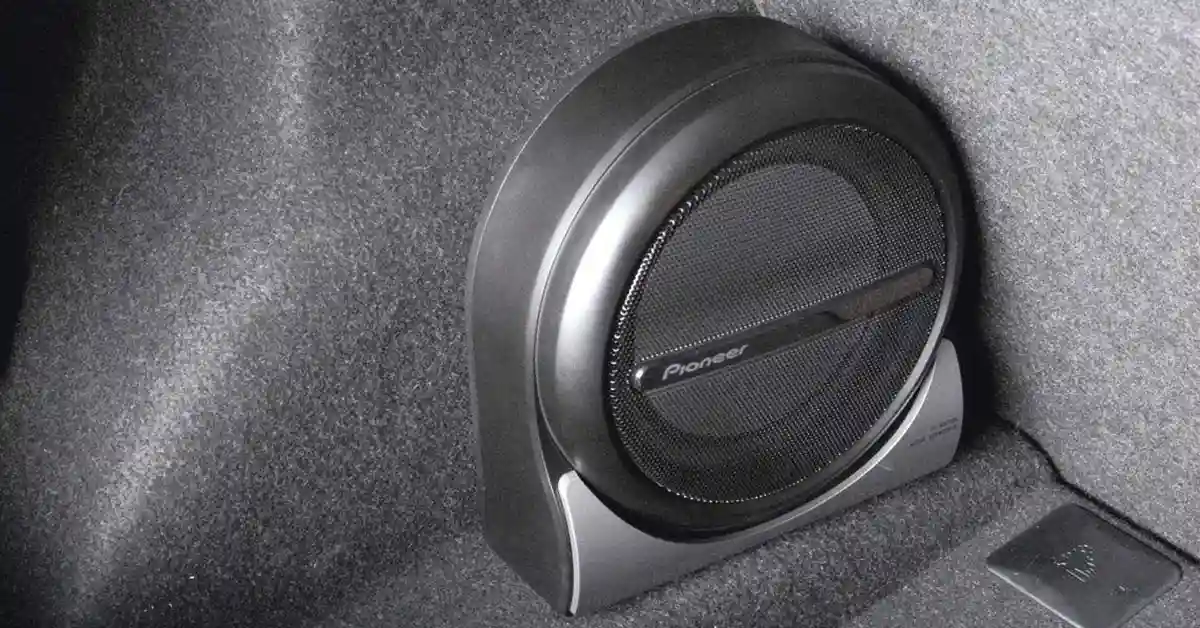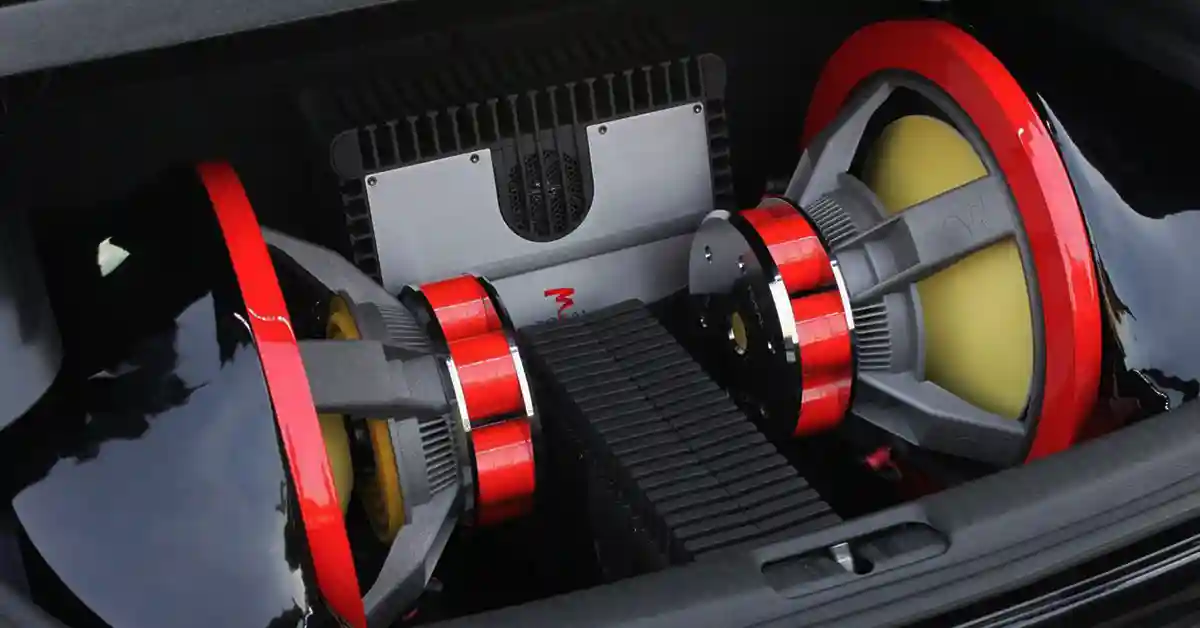How To Connect A Subwoofer To An Old Amplifier
The ease of having your subwoofer connected to a stereo amp has never been an easy task. After you’ve scrolled through thousands of Reddit comments and watched hours of YouTube videos, you’ve finally landed here.
A complete guide to not only connecting your subwoofer to an amplifier but also extra information that can assist you in some of the technicals. You don’t need to be an audio genius to understand the basics of plugging in some wires to connect two pieces of equipment.
All you need to know is which wires you need to plug in at which output. Or input. This article is just that, whether you need to connect to an output amplifier or an input subwoofer, we’ve got it all!
How To Connect A Subwoofer To An Amplifier
If you just happen to have an old amp lying around and want to connect a subwoofer, you should be able to do so. However, that doesn’t mean every old amp is going to get you the ideal sound you’re looking for. Any vintage amplifier can be connected to a subwoofer, there are different ways to connect the amplifier as well. Many of these older amps will have a simple mono output. Match the port with your amp and you can use it as the signal source from the sub to the amp.
If you’re looking for a higher quality of sound, look at more modern amplifiers. If you’re looking for a restoration project and found an old amplifier, then connecting it to a subwoofer is the right path! And this article is a step in the right direction. Firstly, you need to see if this amplifier is compatible with your subwoofer and if your subwoofer needs power. An active and passive subwoofer are different speakers, you need to be able to distinguish between them before connecting anything.
Difference Between An Active And Passive Subwoofer
We covered an extensive amount of information on active and passive speakers in one of our articles. The basis is more or less the same for the subwoofer: an active speaker requires power and a passive speaker does not. This power can come in the form of the receiver or an external amplifier. Since an active speaker already has a built-in amplifier, the power does not need to come from an external source. Passive speakers do not require power to function. Passive speakers do not possess the all-in-one function of drawing internal power, this is why you need to ensure that your speakers and amplifier are compatible. Make sure the impedance and power ratings match up, especially when you’re connecting more than one power source.

The picture above illustrates the signal path of an active signal. Notice how there is a crossover network that divides power into two amplifiers.

The picture above illustrates the signal path of a passive signal. Notice how no crossover network divides power. A passive signal runs through the crossover network to go directly to the units. No power is divided.
Here is a quick summary of passive and active speakers.
| Active Speakers | Passive Speakers |
|---|---|
| Requires power to function. | Does not require power to function. |
| Has a built-in amplifier. | Relies on an external amplifier. |
| Have separate amplifiers for each cross-over band. | Typically utilize an external stereo amplifier. |
Now that we have established the difference between active and passive speakers, it is safe to assume that you have identified the type of subwoofer you have. If your subwoofer requires power, make sure to use an external amplifier or receiver. Connecting the speaker to an amplifier is the next challenge. We have the basics down on the type of power and speaker required, let us look into connecting a subwoofer to an ordinary amplifier.
How To Connect A Subwoofer To An Stereo Amplifier
Subwoofers have an input and output compartment at the back of them. You may find spring clips where you can plug your wires in. Banana cables are useful in this situation as you can just plug them and be on your way. Bare wire works once you have stripped the insulation. When your subwoofer has a slanted connection, it's best to use a spade clip.

Connecting these wires is as easy as matching up colors, keeping the positive with the positive and the negative with the negative. Once your polarities are matched up, you can plug them in. The other end of the wire goes to your amplifier. Normally we would use an RCA cable, it is efficient and works best for the power conversion. There are other cables you can use but they will be tricky to connect. And since we’re looking at how to connect a subwoofer to an older amplifier, there are alternative ways to do so.
Some of these older subwoofers don’t have ports like the modern ones. You need to make a plan to connect them to an amp, first, get two speaker outputs to play sets A and B. The active subwoofer will need a high-level input option. If your amp and sub have this input, you can connect your amplifier to your regular speakers under Set A, and your subwoofer's high-level input can go through the B line. The B line might be marked as, “subwoofer output”.
Using RCA Input Jacks
You can connect your subwoofer using a line-level converter. This works with a subwoofer that has 1 or 2 RCA input jacks. A line-level converter converts a speaker-level output signal into an RCA preamp-level signal. This lets you connect the radio to the amplifier. You might not use them for home systems but they can be useful for car stereos. The converter can be used to connect a new radio to a car’s factory amp.

An RCA jack can be connected the same as regular wires. Match the polarities and connect the speaker wire connections to your amplifier or receiver to your speaker. Sometimes your speaker wire is marked by colors or strips to identify positive and negative
Note: If your subwoofer has 2 RCA jack inputs, you will need to use a standard stereo male to male RCA cable.
Using Speaker Level Inputs
Speaker level inputs are quite easy to connect to. You can match up your wires according to polarity, connect your speaker to its source, and simply plug them in. You can also power speakers from the amp or receiver while they are plugged in.

The image above shows the speaker level inputs with a spring clip connection. You can connect your amplifier to your speaker with bare wire, banana plugs and flexible pins, and spade connectors.
Some subwoofers have speaker level inputs that are built-in. This makes your job easier. You can connect them directly to your amplifier or receiver's speaker outputs. It’s your choice whether you prefer to connect them in parallel or series.
Connecting An Amplifier’s Speaker Outputs To A Passive Subwoofer
A passive subwoofer low-pass crossover allows you to power the subwoofer with only lower bass sounds. This subwoofer does not work as an electronic crossover because there are no electronic components attached to it. A powered subwoofer works the same, they use capacitors and inductor coils instead of electronic components. These capacitors filter out the undesired higher frequencies.

Above is an image of a non-powered subwoofer. Connecting these to an amplifier will require you to pick up a low pass crossover that you can connect between the amp and the sub. The crossover will filter out sounds above higher than normal frequencies and only provide the desired bass.
A passive subwoofer is not that expensive to acquire with a little bit of research. You can search online or do what the people in the 1900s did, they actually went to the physical store. Connecting a non-powered subwoofer is not the easiest task but it is possible.
Powered Subwoofer Inputs And Controls
Some of the controls might not be the same as your subwoofer but the similarities are the input and output jacks. The controls above show one model of a subwoofer. Yours could be different, you could have surround sound audio, with a 5.1 channel. These usually have a dedicated channel output with bass-only content. You will need an LFE or subwoofer output jack to connect your amp and sub. Some of the speakers don’t have these jacks, that’s when we look into alternative methods.

Connecting A Subwoofer To A Vintage Amplifier Without An Out
These vintage amplifiers might not have an out for you to connect your subwoofer. You can connect the two but it will take some skill. Below, we’ve got a Kenwood vintage amplifier. Look for the out labeled, “Preamp” or “Pre-out”. Subwoofers with only 1 RCA input will require a Y adapter.

With the Preamp label, it is possible to treat your subwoofer as a modern speaker. With your speaker wires, plug the sub into the speaker output (Run the front-right and left speaker into your sub). You will be good to go!
Conclusion: Connecting Subwoofers To Old Amplifiers
You know how to connect a subwoofer to a stereo system now and the ease of having completed this task has never come at the right time. Enjoy that cup of lemonade or pint of beer. Your audio system is ready to go, you’re ready to relax and the fuss is over! Set your audio system at a convenient location, preferably the pool, your television room, maybe even your man cave. Make sure that you don’t have to move any parts as the speakers might be heavy. Now that you’ve got your system in place, it’s time to play those tunes. No need to disturb the neighbors, invite them over and stay tuned for our next article!
Related Articles

